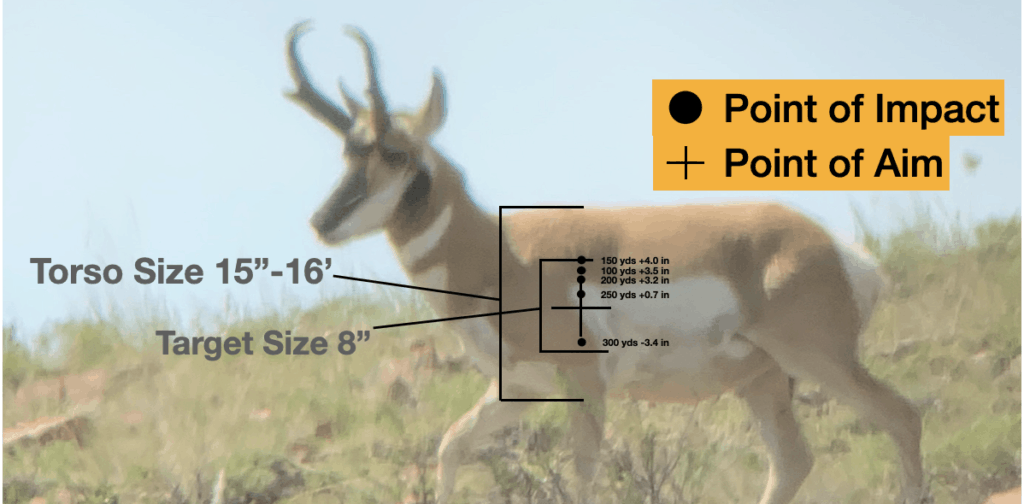
Every year, I get the same question from buddies of mine, “What distance should I sight in my hunting rifle?” There are many different answers to this question, but most of the time, I end up answering it the same way for MPBR.
Maximum Point Blank Range, or MPBR, is the maximum range that a shooter can aim dead on and hit within a predetermined area. This area usually equals the size of the targeted animal’s vitals. MBPR is the quickest and easiest way to kill effectively without using a rangefinder.
In an effort to direct all of my friends to one place to answer their questions, let me explain why I believe that sighting your hunting rifle in for its maximum point-blank range is the best option for most hunters.
Affiliate Disclosure: This article may contain affiliate links. When you use these links, I earn a small commission from each sale generated at no cost to you. This commission helps me continue to put out free content. I work a full-time job that I am very happy with; therefore, I don’t need this commission and am not obligated to speak highly of any product. Everything written is my own opinion: the good, the bad, and the ugly.
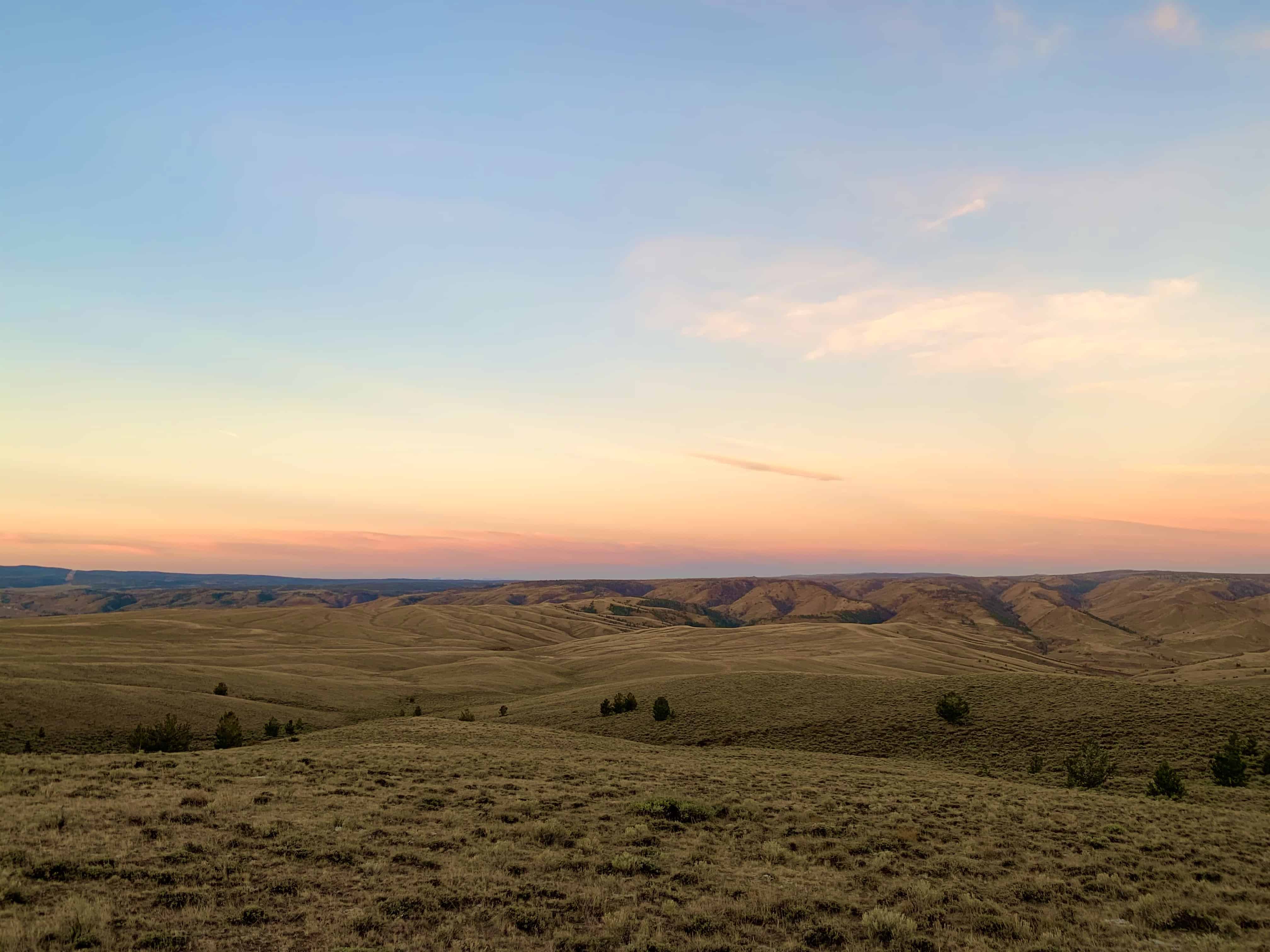
What is Maximum Point Blank Range?
Every year, countless hunters take to the range prior to hunting season to sight in or re-zero their favorite hunting rifles. For most, that means shooting from a rest at 100 yards and getting it to shoot point of aim or center of the target. This works, but it isn’t the best way out there.
Maximum Point Blank Range(MPBR) is the range that you can shoot accurately at without changing the aim of your rifle. For example, if your MPBR is 300 yards with a 6-inch vital area, you can hold the crosshairs in the center of the heart and lung area, and out to that distance, your bullet won’t travel more than 3 inches above or below your point of aim during its flight. No holdover, no adjusting your scope dials.
This is a simple way to account for trajectory in a hunting situation. In my opinion, it is the best way to sight in a rifle for field scenarios as it takes all of the math out of it.

Why Use Maximum Point Blank Range?
I rose over the knoll, trying to spot the bedded Pronghorn Antelope we had located hours before. In an instant, the antelope bolted from within 50 yards, and as it stopped, I leveled my crosshairs and eased the trigger. There was no time to range him. He was alert and ready to move again.
The high plains of Wyoming can play tricks on your eyes. Distances are near impossible to judge without shrubbery to get a frame of reference. I killed that antelope at 165 yards and only had a few seconds to act on it. That was my first experience using Maximum Point Blank Range in my 275 Rigby, and it performed well.
As you can see from the story above, knowing the exact distance isn’t important in situations like that. Shot opportunities can happen quickly, and you may not have time to use the range finder strapped to your chest.
Use coupon code KTG10 to get 10% off your order of $150 or more at Brownells.
Not only will MPBR work in your favor during a fast encounter, but it is also ideal for those times when your rangefinder won’t give you an accurate range. Does this seem like a stretch? It isn’t. Those who have spent minute after minute trying to range the bedded antelope in a sea of sagebrush know exactly what I’m talking about.
This is also a great way to sight in for hunting in the eastern states as well. Using a rifle sighted in for maximum point blank range will help the hunter in Iowa hunt whitetail in the farmer’s field and the Pennsylvania hunter sit a powerline on the opening day of the deer rifle season.
Pros
- Simple
- Quick
- Uses the least amount of ammunition to sight in and verify
Cons
- Not as precise as dialing in for distance
- Beyond MPBR holdover must be used
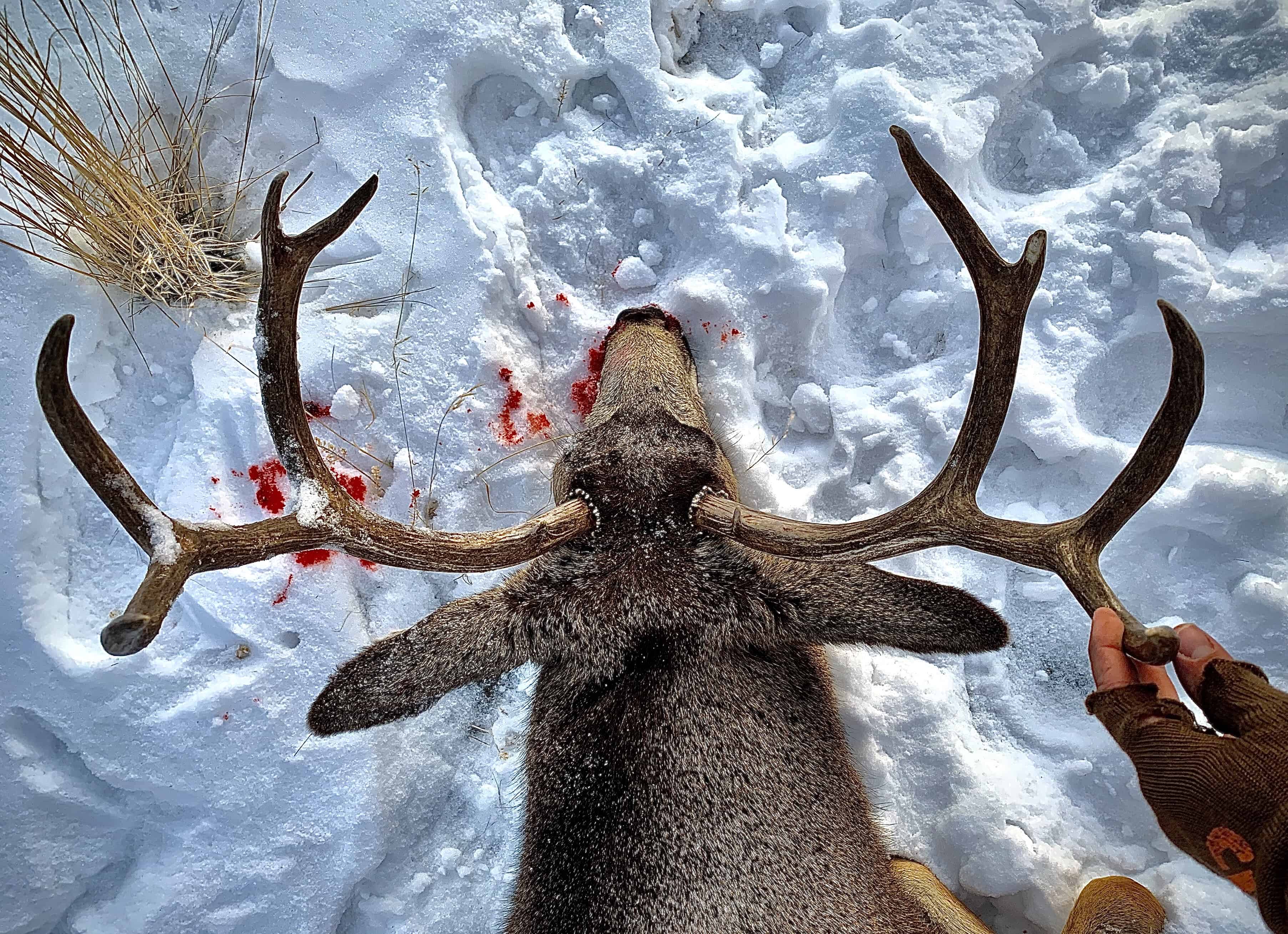
Calculating Maximum Point Blank Range
To calculate MPBR there are a few things that you need about your rifle and ammunition.
- Drag Function–The Drag function of your bullet can be confusing if you look too far into it. I can’t explain it better than the way shooterscalculator.com does here. If in doubt, use G1, as it will be accurate enough for this calculation.
- Ballistic Coefficient–A ballistic coefficient is a number that directly correlates to the efficiency or aerodynamics of your bullet. This number can usually be found on your box of ammunition or on the manufacturer’s website.
- Muzzle Velocity–How fast your bullet is exiting the muzzle. You can get the most accurate calculation with access to a chronograph. If you don’t, the chart on the back of your ammo box will get you close.
- Sight Height–How high above the bore’s centerline is your scope. A typical scope is mounted approximately 1.5 inches above the bore’s centerline. This is a good baseline number to use if you don’t want to go through the whole process of calculating your sight height.
- Target Size–This should be a little bit smaller than the vitals of the animal you are pursuing. I think a good number for game in the United States is 8 inches. That gives you a little room for error to account for buck fever and keeps your trajectory relatively straight, avoiding branches or limbs that you might not be able to see in your scope. This number can be reduced if shooting at smaller-sized game.

MPBR Calculator
For this article, I’m going to walk you through the calculation for my Wife’s Remington Model 7 in 6.5 Creedmoor. She will be hunting deer and elk this year using 143 gr Hornady Precision Hunter ammo.
I highly recommend using this calculator at Shooterscalculator.com. It is very simple to use and allows you to adjust as necessary getting instantaneous results.
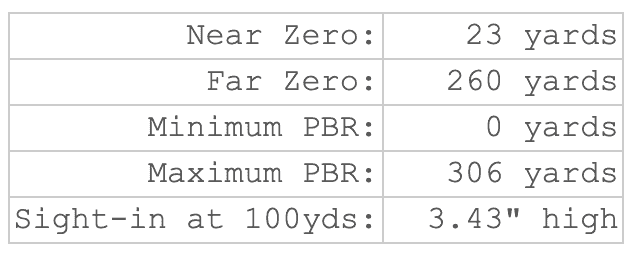
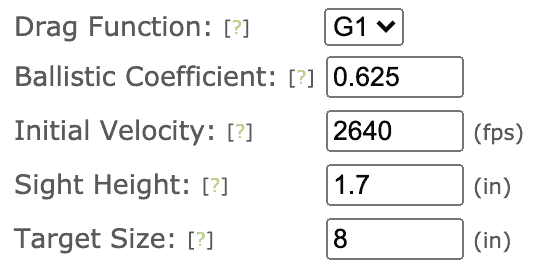
- Near Zero: The closest range at which you can zero your rifle and get the listed results
- Far Zero: The furthest range at which you can zero your rifle and get the listed results
- Minimum PBR: Minimum range at which you’ll hit within your target size
- Maximum PBR: Furthest range at which you’ll hit within your target size.
- Sight-in at 100 Yds: Where to sight in at 100 yards. This is what most people will use for sighting in their rifles.

Hunting Out West
This is a great way to sight in your rifle if you are one of the thousands of people coming out west this year to hunt big game. Whether you are deep into the mountains or out on the plains, ranges are very hard to judge out here. Picking up a range finder and dialing in your scope may cause you to miss your opportunity at a clean shot.
I’m in no way speaking down on using turrets in the field. However, they require a lot of time and familiarity to become effective. Time which most hunters aren’t able to spend at the range.
Have you used Maximum Point Blank Range in the field? If so, let me know your experiences below!

Written by: Kurt Martonik
Kurt is a Gunsmith, Reloader, Hunter, and Outdoorsman. He grew up in Elk County, Pennsylvania, where he became obsessed with the world of firearms. Following high school, Kurt enlisted in the United States Air Force as a Boom Operator, where he eventually rose to the position of Instructor. After his military service, he attended the Colorado School of Trades(CST) in Lakewood, CO for gunsmithing. Following graduation, he accepted a job at C. Sharps Arms in Montana, where he worked as a full time stockmaker and gunsmith.